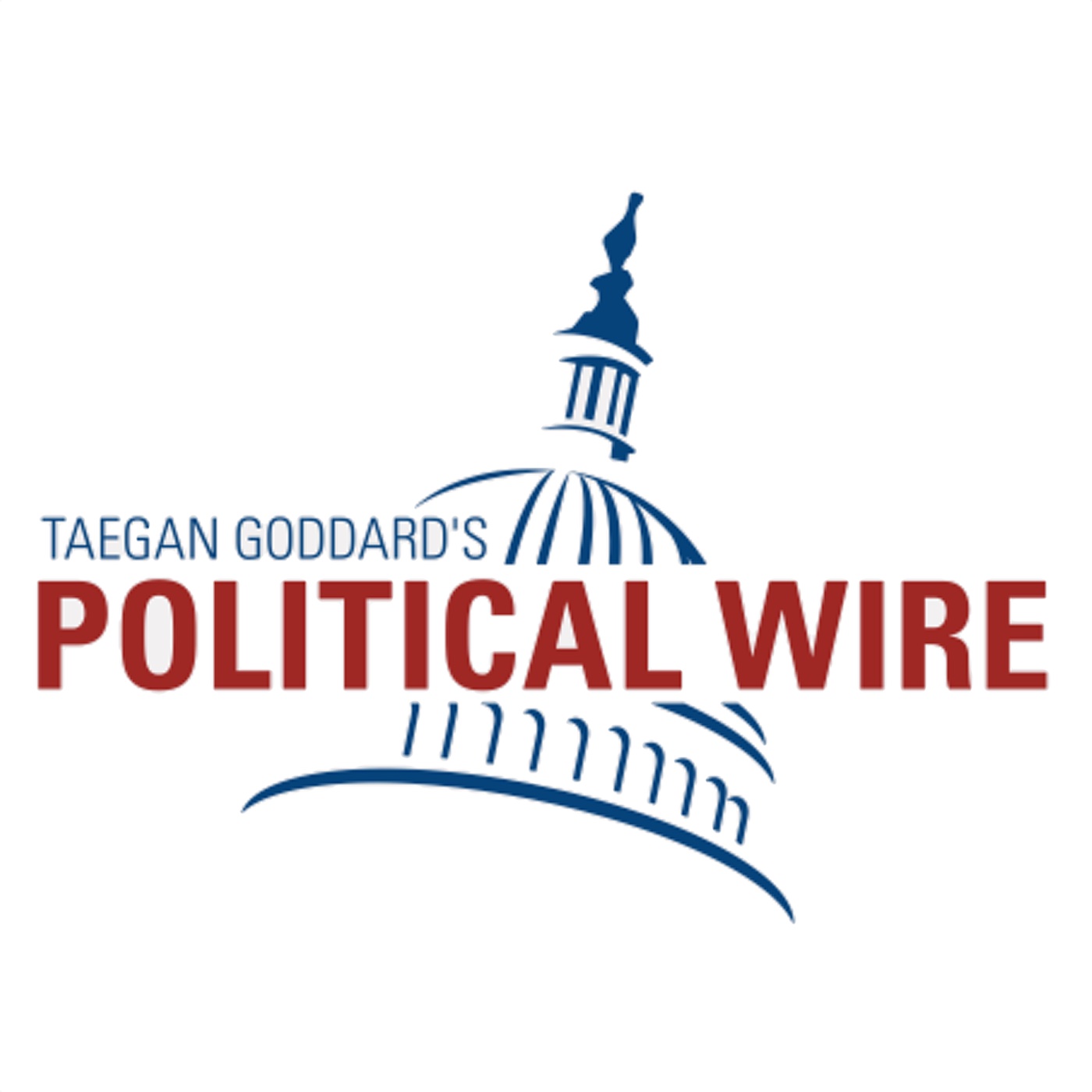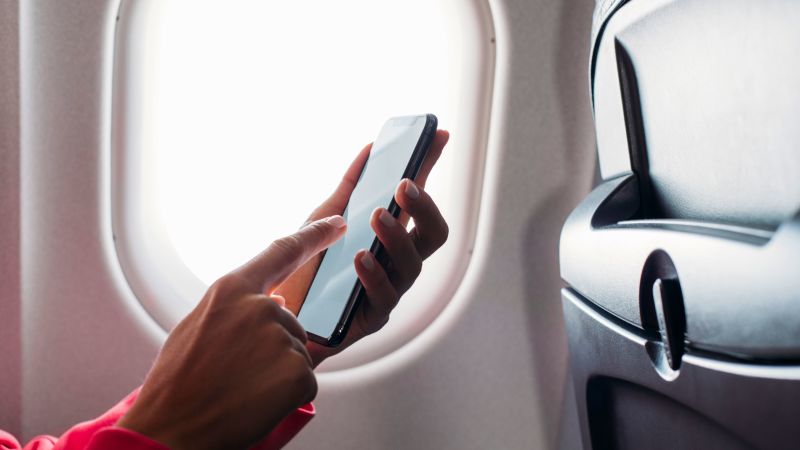Editor’s Observe: The views expressed on this commentary are solely these of the author. CNN is showcasing the work of The Dialog, a collaboration between journalists and teachers to offer information evaluation and commentary. The content material is produced solely by The Dialog.
CNN
—
Everyone knows the routine by coronary heart: “Please guarantee your seats are within the upright place, tray tables stowed, window shades are up, laptops are saved within the overhead bins and digital gadgets are set to flight mode.”
Now, the primary 4 are affordable, proper? Window shades must be up so we are able to see if there’s an emergency, resembling fireplace. Tray tables must be stowed and seats upright so we are able to get out of the row rapidly. Laptops can turn into projectiles in an emergency, because the seat again pockets are usually not robust sufficient to include them.
And cellphones must be set to flight mode to allow them to’t trigger an emergency for the airplane, proper? Properly, it relies upon whom you ask.
Aviation navigation and communication depends on radio companies, which has been coordinated to reduce interference for the reason that Twenties.
The digital know-how at the moment in use is far more superior than a few of the older analog applied sciences we used even 60 years in the past. Analysis has proven private digital gadgets can emit a sign inside the similar frequency band because the plane’s communications and navigation techniques, creating what is called electromagnetic interference.
However in 1992, the US Federal Aviation Authority and Boeing, in an impartial examine, investigated the usage of digital gadgets on plane interference and located no points with computer systems or different private digital gadgets throughout non-critical phases of flight. (Takeoffs and landings are thought-about the important phases.)
The US Federal Communications Fee additionally started to create reserved frequency bandwidths for various makes use of – resembling cellphones and plane navigation and communications – so they don’t intrude with each other. Governments across the globe developed the identical methods and insurance policies to forestall interference issues with aviation. Within the EU, digital gadgets have been allowed to remain on since 2014.
Why then, with these world requirements in place, has the aviation business continued to ban the usage of cellphones? One of many issues lies with one thing chances are you’ll not anticipate – floor interference.
Wi-fi networks are linked by a sequence of towers; the networks might turn into overloaded if passengers flying over these floor networks are all utilizing their telephones. The variety of passengers that flew in 2021 was over 2.2 billion, and that’s half of what the 2019 passenger numbers have been. The wi-fi firms might need some extent right here.
In fact, with regards to cellular networks, the largest change lately is the transfer to a brand new commonplace. Present 5G wi-fi networks – fascinating for his or her increased pace information switch – have precipitated concern for a lot of inside the aviation business.
Radio frequency bandwidth is restricted, but we’re nonetheless making an attempt so as to add extra new gadgets to it. The aviation business factors out that the 5G wi-fi community bandwidth spectrum is remarkably near the reserved aviation bandwidth spectrum, which can trigger interference with navigation techniques close to airports that help with touchdown the plane.
Airline executives fear about your cellphone’s 5G community. This is why (2021)
Airport operators in Australia and the US have voiced aviation security issues linked to 5G rollout, nonetheless it seems to have rolled out with out such issues within the European Union. Both manner, it’s prudent to restrict cell phone use on planes whereas points round 5G are sorted out.
Most airways now present prospects with Wi-Fi companies which can be both pay-as-you-go or free. With new Wi-Fi applied sciences, passengers might theoretically use their cellphones to make video calls with mates or purchasers in-flight.
On a current flight, I spoke with a cabin attendant and requested her opinion on telephone use throughout flights. It will be an inconvenience for cabin crew to attend for passengers to complete their name to ask them if they want any drinks or one thing to eat, she acknowledged. On an airliner with 200+ passengers, in-flight service would take longer to finish if everybody was making telephone calls.
For me, the issue with in-flight use of telephones is extra in regards to the social expertise of getting 200+ individuals on a aircraft, and all doubtlessly speaking without delay. In a time when disruptive passenger behaviour, together with “air rage”, is more and more frequent, telephone use in flight may be one other set off that adjustments the entire flight expertise.
Disruptive behaviours tackle numerous kinds, from noncompliance to security necessities resembling not sporting seat belts, verbal altercations with fellow passengers and cabin crew, to bodily altercations with passengers and cabin crews – usually recognized as air rage.
In conclusion – in-flight use of telephones doesn’t at the moment impair the plane’s means to function. However cabin crews might favor to not be delayed in offering in-flight service to all the passengers – it’s lots of people to serve.
Nevertheless, 5G know-how is encroaching on the radio bandwidth of plane navigation techniques; we’ll want extra analysis to reply the 5G query relating to interference with plane navigation throughout landings. Keep in mind that after we are discussing the 2 most crucial phases of flight, takeoffs are elective – however landings are necessary.










